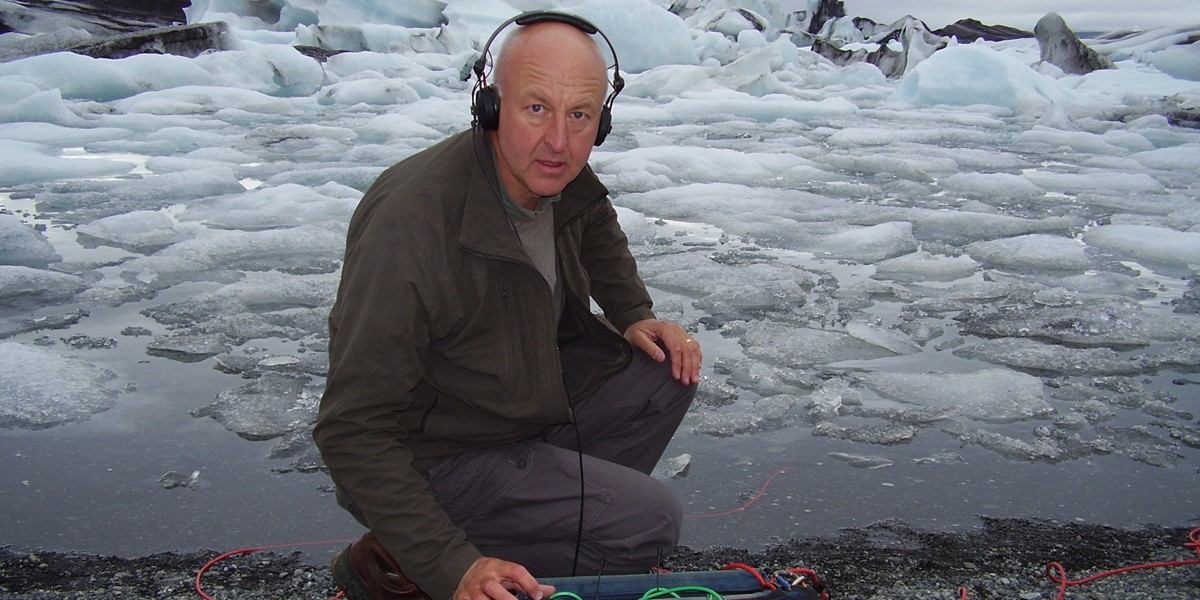Monday, December 5, 2022
Chris Watson interview: “Somewhere in Buckingham Palace is the entire works of Lee ‘Scratch’ Perry”
One of the world’s foremost sound recordists talks about capturing the genius loci and his enduring love of reggae

©Kate Humble

Register now to continue reading

Thanks for visiting the Songlines website, your guide to an extraordinary world of music and culture. Sign up for a free account now to enjoy:
- Free access to 2 subscriber-only articles and album reviews every month
- Unlimited access to our news and awards pages
- Our regular email newsletters

